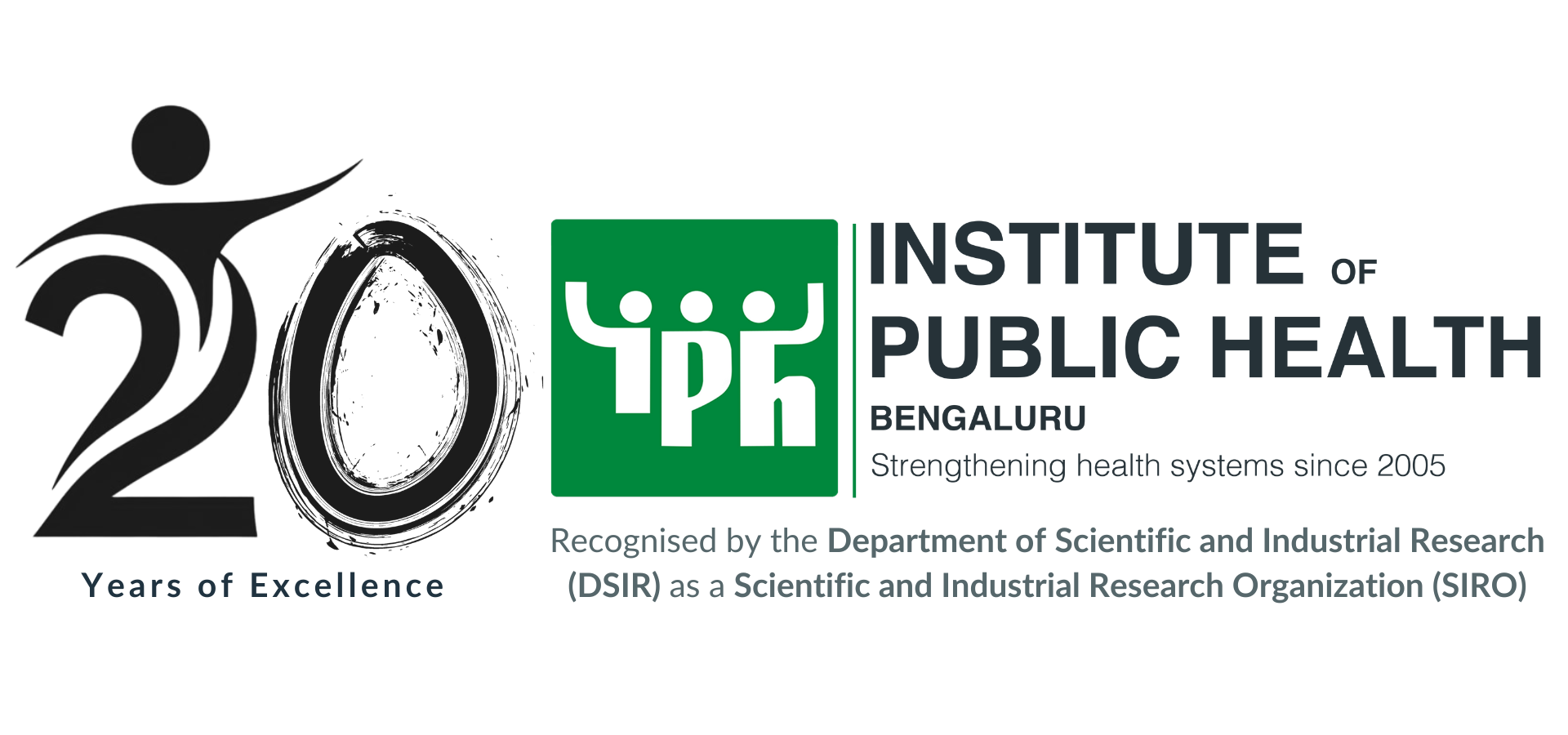Introduction
Acute malnutrition or wasting is a failure to gain weight or actual weight loss caused by inadequate food intake, incorrect feeding practices, infections or a combination of these. Considered both a medical and social disorder, Severe Acute Malnutrition (SAM) is defined by very low weight for height (Z-score below -3 SD of the median WHO child growth standards), or a mid-upper arm circumference <115 mm/<11.5cm, or by the presence of bipedal nutritional edema.
Case fatality rate of SAM children with complications can be reduced by 90% through standard case management protocol like specialized treatment and prevention interventions at NRCs (Nutritional Rehabilitation Centres). Under national health programme in India, SAM cases are divided into two categories – those with medical complications such as diarrhea, fever, and pneumonia, needing facility based care and those without complications who can be managed in the community. Not more than 10% of SAM children require facility based care, after which follow up in the community is required to prevent relapse.
Nutritional Rehabilitation Centres in Odisha
Odisha is an underprivileged state in Eastern India and is categorized as an Empowered Action Group (EAG) state. It means it is among the nine states of India characterized with relatively higher fertility and mortality and accounts for 48% of the country’s population. Infant Mortality Rate of Odisha is 56 and Under 5 mortality rate stands at 75 (AHS 2012 – 13). Under-nutrition is the underlying cause in 55% of all the under 5 deaths. In Odisha, severe wasting among under 5 children is 5.2%, whereas in non-EAG states it ranges from 2 -4%. Scheduled caste and tribes comprise 40% of the state’s population who are socio economically the most challenged community. Various data sources like NFHS-31,AHS- 20132, Census 20113 and DLHS-34 show that Odisha still has high poverty levels, low female literacy, high incidence of malaria and diarrhea and poor IYCF practices. All these contribute to the poor nutritional status including SAM among under fives.
NRCs have been started under the National Rural Health Mission (NRHM) in Odisha and so far, 44 have been established with uniform bed strength of 10 per NRC. Currently around 75% of children are discharged as cured.
Challenges faced
Data from 16 NRCs of Western Odisha from July to December 2014 reveals several challenges faced by the NRCs
1. Poor bed occupancy rate (just over 50%) – this is due to poor detection of SAM in the field due to low levels of use of Mid-Upper Arm Circumference (MUAC tape) and poor detection of SAM with complications even at the Community Health Centers (CHC).
2. Few admissions of SAM children with complications (from case sheets maintained at the NRCs. Data on fever, diarrhea and ARI are not captured in the NRC MIS). SAM children with complications are admitted to the pediatric ward in larger hospitals and not to the NRC though there is a pediatrician in charge to manage such children.
3. High default rate (12.5%). Undernutrition being so prevalent in the community, it is considered normal and many mothers think it is un-necessary to admit children for being “thin”, especially when they fail to recognize symptoms of complications. Other responsibilities at home, loss of wages, cost of transport to and from the centre – all contribute to the default rate as well as to poor follow-up after discharge.
4. Poor follow up after discharge (less than 10% attend 3 follow up visits after discharge)
Therefore NRCs in Odisha mostly manage children who were low birth weight and fail to gain weight even after two months; mothers following poor IYCF practices; non-breastfed children and SAM children without complications referred by ICDS (Integrated Child Development Services) workers and supervisors.
The perception of severe under-nutrition as an abnormal condition can only be changed through intense nutrition education of the community, regular weighing of children and discussion of weights with the parents, and through proper counseling at the NRCs. NRC activities also needs to be more interactive and engage mothers. SAM children with complications mostly come from remote and vulnerable tribal pockets. Pressure for livelihood generation and household management do not allow mothers to get admitted in NRCs along with their children. Hence, wage loss compensation for mothers admitted in NRC should be increased to the current minimum wage, along with increased attention to improve nutritional status of tribal women through life cycle approach. Innovative strategies like working with self-help groups (SHGs), and the National Rural Livelihoods Mission (NRLM) groups can also be adopted.
NRCs will reduce child mortality but will not improve the general nutritional status of children in the community. Therefore preventive and promotive efforts must be continued.Strengthening of community based mechanisms for identification, prevention and management of severe acute malnutrition is a must, in the absence of which NRCs will not be effective. Facility based approach may prevent some under 5 deaths, but will not be useful in addressing this problem in the community
1 National Family Health Survey, 2005-06.
2 Annual Health Survey, Odisha 2013, Registrar General of India.
3 Census 2011, Registrar General of India
4 District Level Health Survey 3, Registrar General of India
Niranjan Bariyar was a student of e-learning course in Public Health Management(ePHM) conducted by Institute of Public Health, Bangalore, India.
Disclaimer: IPH blogs provide a platform for ePHM students to share their reflections on different public health topics. The views expressed here are solely those of the authors and not necessarily represent the views of IPH.


